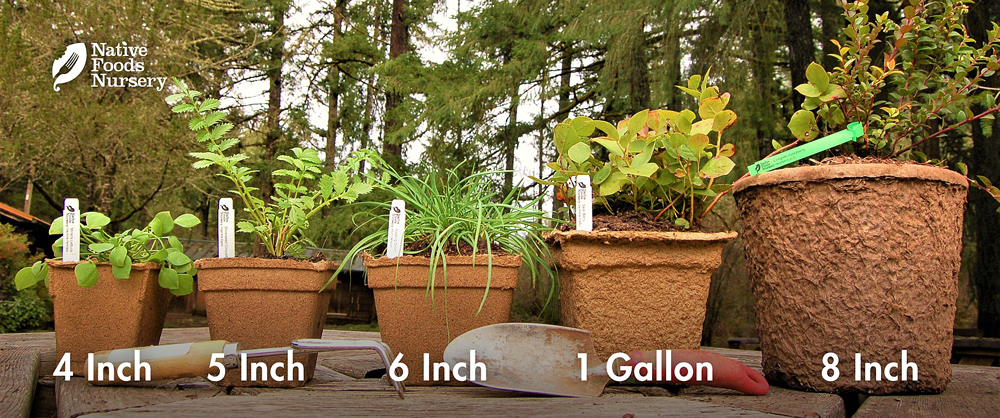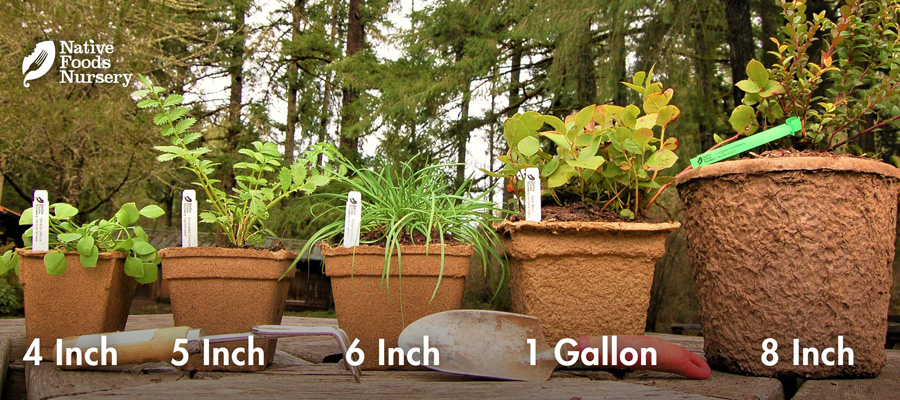Pacific Waterleaf
- Current Stock:
- 0
- Other Names:
- Slender-Stem Waterleaf
- Latin Name:
- Hydrophyllum tenuipes
Pacific Waterleaf is a little-known, native vegetable with hearty edible leaves, stems and rhizomes and tufts of bell-shaped white to lavender flowers. It’s vigorous perennial greens spread to create a lush, thick groundcover in shady, moist areas.
Edible Uses
This native food can be eaten raw in salads or steamed like other cooked greens. Young leaves are best; they have a pleasant and mild taste similar to Nettle or Spinach. Young rhizomes are crisp and watery with mild flavor, reminiscent of a Chinese bean sprout.
Ornamental Qualities
This woodland groundcover is perfect for those shady garden corners where nothing seems to grow very well. Pacific Waterleaf excels in low-light conditions, providing green lushness, interesting leafy textures, and white-lavender colors to the places it’s needed most. Once established, it is very easy to grow, and can often spread quite quickly. Don’t worry, if it goes beyond where you wanted, you can just eat it! ; ) It looks great in partnership with other shade-tolerant native groundcovers, like Redwood Sorrel.
Environment and Culture
Pacific Waterleaf’s wild home is in low-mid elevations streams and forests on the West side of the Cascades. Waterleaf prefers rich soils and moist shaded sites. It can be commonly found under wild companions like Red Alder, California Hazelnut, and Salmonberry, or alongside Redwood Sorrel and Miner’s Lettuce along the forest floor. It provides important cover for small mammals and grazing wildlife. This is another great native, perennial vegetable that doesn’t require annual tilling, weeding, and planting. Enjoy the ease of gardening in Nature’s way!
Northwest Native American tribes today still value this special plant as food, medicine, and family. Despite great cultural losses, they continue to work towards stewarding and restoring wild populations, both strengthening the integrity of the ecology and sustaining their cultural heritage and wisdom. These strong and recovering peoples and plants deserve our respect, gratitude, and reparations. (Learn more & how to help on our Charitable Giving page.)
Harvest, Care, and Preparation
Remember to water regularly during establishment. Use your hands or a knife to harvest the leaves and stems for salads or steamed greens - younger leaves are more tender. Experiment with pestos, sauces, frittatas, or any other recipe that would call for spinach or other cooked greens. Use your hands or a small hand-rake to pull back the soil surface at the edge of the patch, exposing the spreading white tips of the Waterleaf rhizome. Snap off or sever the rhizomes - the newer, whiter growth is more crisp. Experiment with stir-fries, soups, meat and rice dishes, or any other recipes where you might use Chinese Bean Sprouts. Add your favorite sauces and enjoy the wild wealth!
Native Range: CA, OR, WA, BC
USDA zones: 7-10
Ease of Care: Easy
Deer Resistance: Moderate
Light Requirements: Shade to Part-Shade
Soil Type: Rich, organic soils
Water Requirements: Wet to Moist
Pollination: Self-Fertile
Bearing Age: 1 yr from seed, several to spread
Size at Maturity: 2 ft
Plant Spacing: 2 ft
Bloom Time: Spring
Harvest Time: Spring to Summer
Pot Sizing Guide











